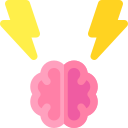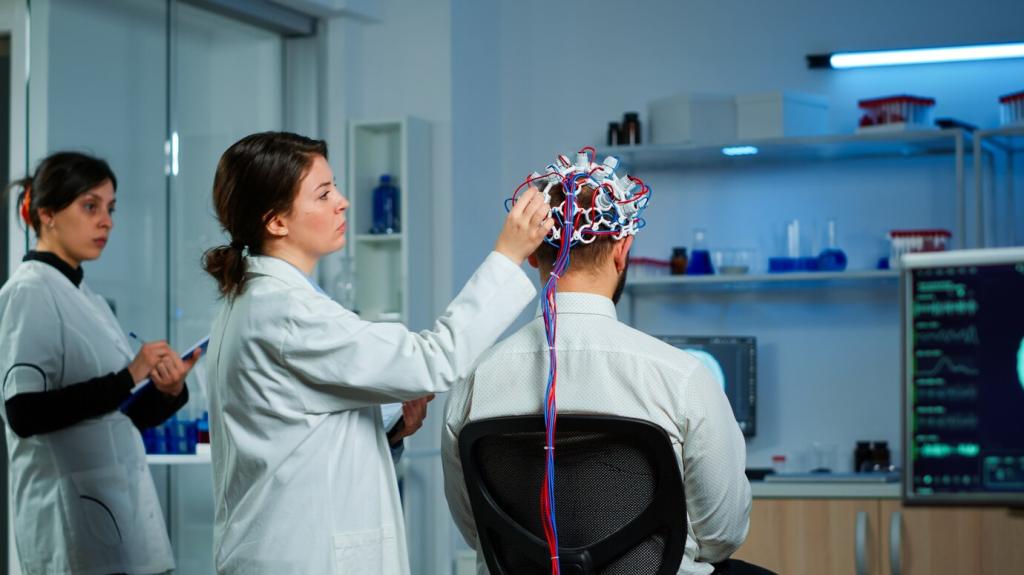Real Stories: Moments When Brainwaves Found Their Groove
Before recitals, a young violinist felt micro-tremors from performance nerves. After several weeks of SMR-focused training, her bow felt steadier, breath slower, and rehearsals less frantic. She messaged us, thrilled by subtle, durable ease.
Real Stories: Moments When Brainwaves Found Their Groove
Long sprints left a programmer dull and distractible. By pairing alpha breaks and light beta training, he noticed cleaner transitions between deep work and rest. He now schedules brief sessions as a boundary ritual he trusts.






